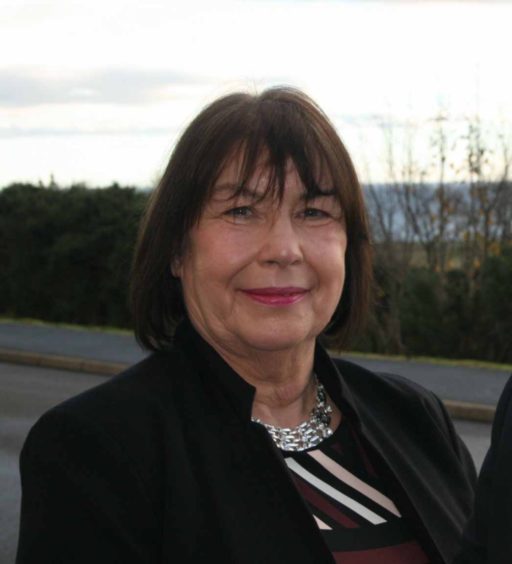Shocking new figures from Highland Council reveal that 18% of its looked after children go into children’s homes – and 30% are sent away from Highland altogether.
In Highland, there are 466 children in the care system, which accounts for 1.2% of young people. This is in line with national figures.
However, 85 children are currently in residential care. This equates to 18%, against a national average of less than 10%.
In addition, each year, between 25 and 30 children are placed in so-called out of authority care. This means that close to one third of Highland’s most vulnerable young people are sent away from Highland. This could be down to a lack of foster care, specialist support or for their own safety.
The figures prompted health bosses and councillors to call on more support for families, at an earlier stage.
Children in care targeted by drug gangs
The report to this morning’s health, social care and wellbeing committee set out several challenges for children’s residential services in Highland.
Children who have experienced trauma need more specialist support to process the anger and upset they feel. The report also suggests that there needs to be more help for young people with disabilities, and the council needs to improve its system for emergency admissions.
Crucially, the report also confirms that Highland Council faces serious challenges relating to young people who are targeted in the community for exploitation by drug dealers and other criminal activity.
Last November, health chairwoman Linda Munro said she was “deeply troubled” to have received a list of allegations about child exploitation and drug trafficking.
Ms Munro said she would hand these allegations to the police.
At the time, health executive Fiona Duncan promised a review to understand whether Highland Council’s services adequately protect children in its care.
Today’s report is the first of a series to unravel the challenges ahead.
Stopping a crisis
The report identifies several learning points.
For children in the middle of the care pathway, the council needs to step in before the situation escalates to a crisis. Ms Duncan suggests that intensive, multi-agency work could prevent vulnerable children going into residential care.
She also spoke about the role of local communities, to provide support, services and even assets such as buildings.
At the heart of it all, is a need for early intervention to help struggling families.
Ms Munro highlighted some positives, stating: “We’re changing the language to talk about support for families rather than how are we dealing with problem children.”
However, Ms Munro and several other councillors say those words must translate to action.
Ms Duncan offered reassurance.
“There’s a speed and immediacy in all this because every day is a day of a child’s life that they won’t get back again,” she said.
Council told to stop talking and start delivering
Out of authority placements are not just emotionally damaging for children – they also hit the council’s purse strings. Each child sent into care with another local authority costs the Highland Council at least £230,000 per year.
Health bosses are working to bring those children home and reinvest the money into local services.
Today’s report will form the basis of a children’s services review and redesign.
Members of the committee agreed the plan, but there was scepticism from some quarters.
“That was the vision 15 years ago,” said Gillian Newman of Highland Children’s Forum.
“We don’t need redesign, we need it delivered on the ground.”
She added: “We’re on the right track but this is a track we’ve been on for a long time. Let’s not redesign the wheel. Let’s get the wheel rolling in the right direction.”

